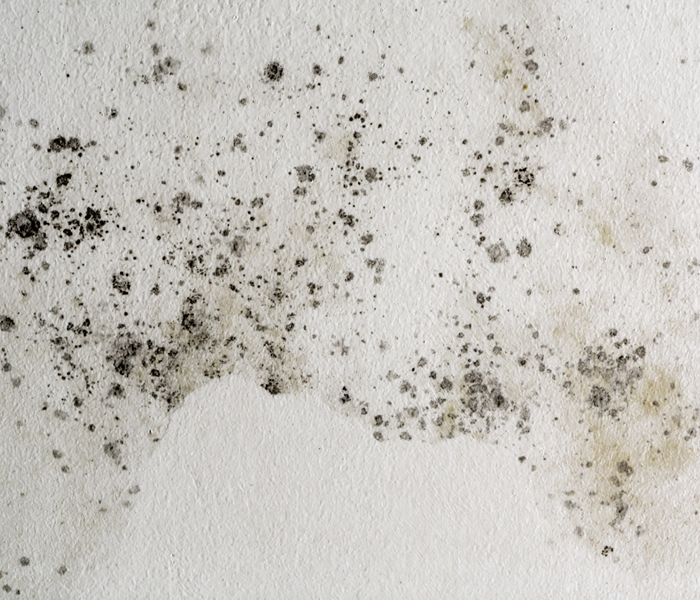Top 4 Hidden Places Where Mold Can Be Found
10/31/2023 (Permalink)
Mold growth can be a concerning issue in our homes, and it often lurks in hidden places that go unnoticed. In this blog, we will explore the top four hidden places where mold can be found. By identifying these areas, you can take proactive steps to prevent mold growth and maintain a healthy living environment.
Behind Wallpaper and Wall Coverings
Behind wallpaper or wall coverings can be a prime location for mold to thrive. Moisture from leaks or excessive humidity can seep into the walls, providing the necessary conditions for mold growth. To check for mold in these hidden areas, carefully inspect any peeling or bubbling wallpaper, as well as discolored patches. If you suspect mold, it is crucial to address the source of moisture and remove the affected wallpaper or wall coverings to prevent further mold growth.
Crawl Spaces and Attics
Crawl spaces and attics are often overlooked areas, making them ideal environments for mold to flourish. Poor ventilation, coupled with high humidity levels, can create a perfect breeding ground for mold growth. It is essential to periodically inspect these spaces for any signs of mold, including musty odors, discoloration on the surfaces, or dampness. Regularly checking and maintaining proper ventilation, insulation, and moisture control in crawl spaces and attics can help prevent mold growth.
Inside HVAC Systems
Heating, ventilation, and air conditioning (HVAC) systems can become hidden reservoirs for mold. Condensation and moisture can accumulate within the system, providing a conducive environment for mold growth. Mold-infested HVAC systems can spread mold spores throughout the home, leading to widespread contamination. To prevent mold in HVAC systems, ensure regular maintenance, clean or replace filters as recommended, and inspect and address any leaks or moisture issues promptly. A well-maintained HVAC system will not only improve indoor air quality but also minimize the risk of mold growth.
Beneath Carpets and Padding
Mold can also take hold beneath carpets and padding, especially in areas exposed to moisture, such as near windows, doors, or in basements. Condensation or water intrusion can seep into the carpet and padding, providing an ideal environment for mold to grow unnoticed. Regularly inspect your carpets for any signs of mold growth, including discoloration, a musty odor, or dampness. If you find mold, remove and properly dispose of the affected carpet and padding, addressing the underlying cause of moisture to prevent future mold growth.
Being aware of these hidden places where mold can be found allows you to take preventive measures and maintain a mold-free home environment. By regularly inspecting behind wallpaper, in crawl spaces and attics, inside HVAC systems, and beneath carpets, you can detect and address mold growth before it becomes a widespread and costly problem. Taking proactive steps towards mold prevention will contribute to a healthier living environment for you and your family.




 24/7 Emergency Service
24/7 Emergency Service
